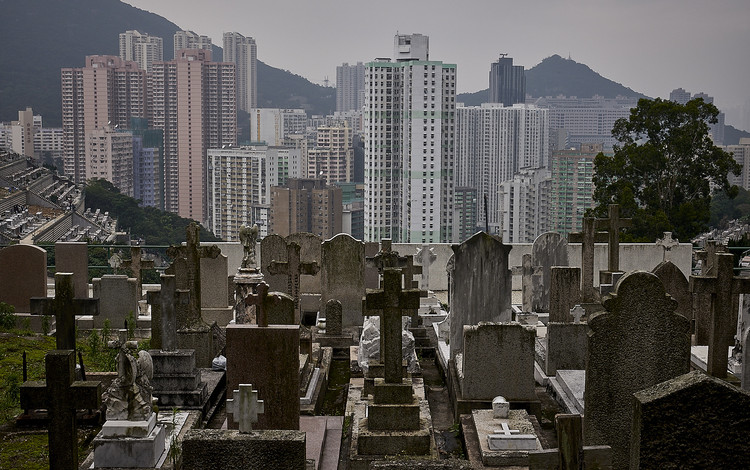
Climatic conditions are changing around the world, and with more extreme temperatures and limited resources, architectural and urban solutions must also change. How could our homes look and function effectively in a post-climate change scenario? Analyzing in detail the forecasts of these climatic variations, the architects of W-LAB have developed a Low-Tech habitat proposal for humid, hot, and arid climates, incorporating bio-materials, transportable solutions, and configurations that promote life in small and resilient communities.


















